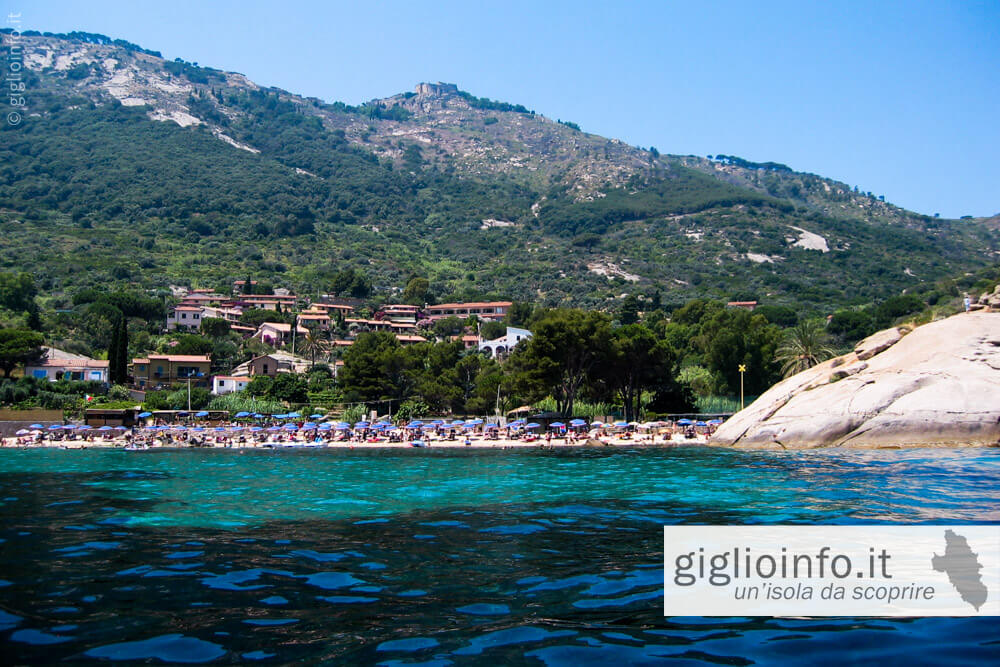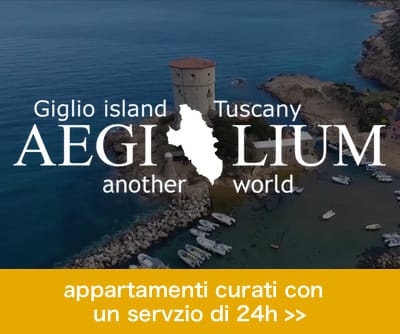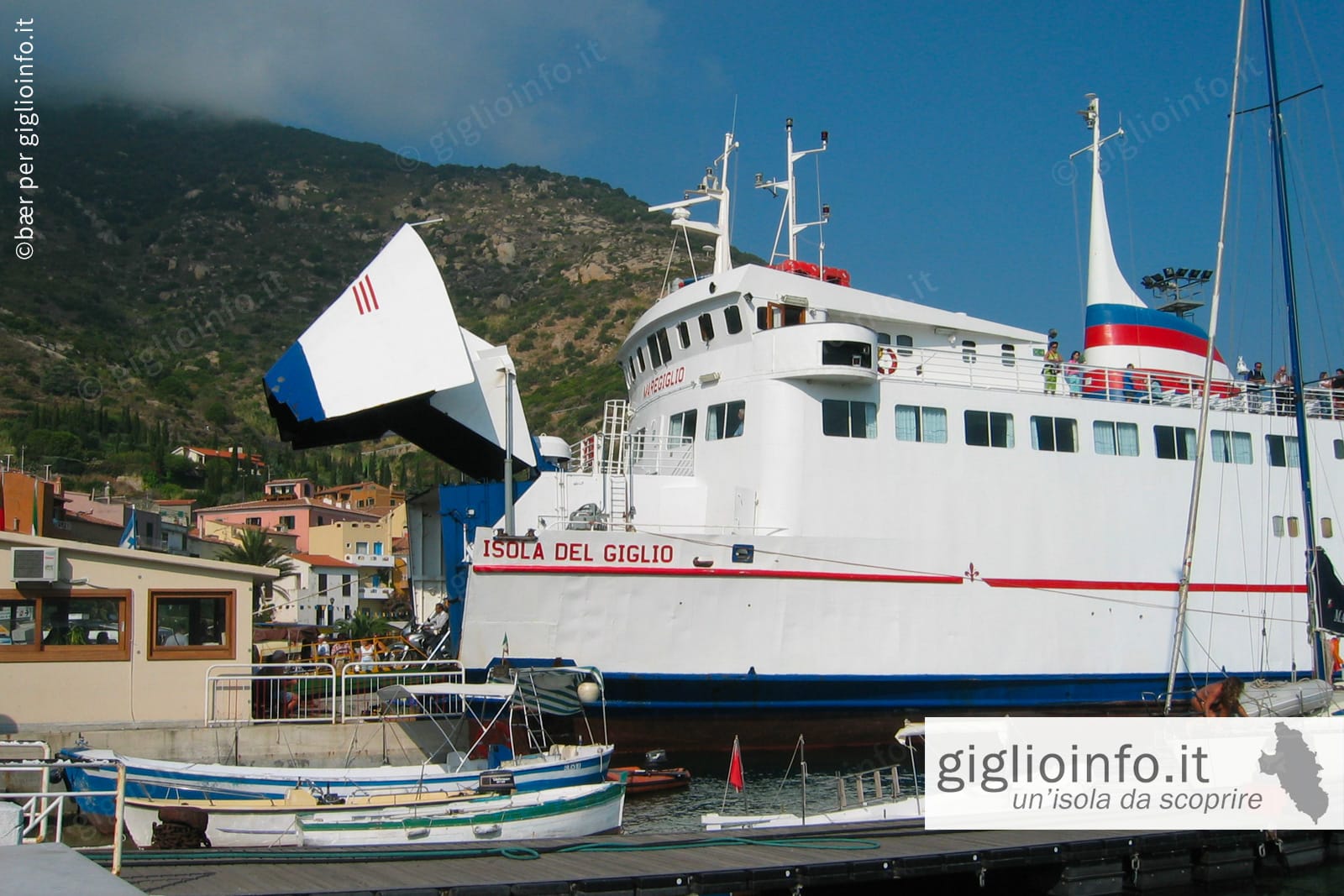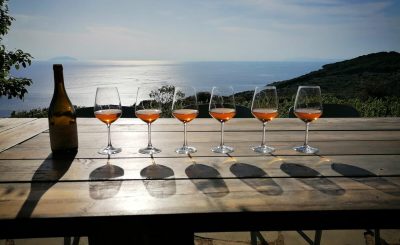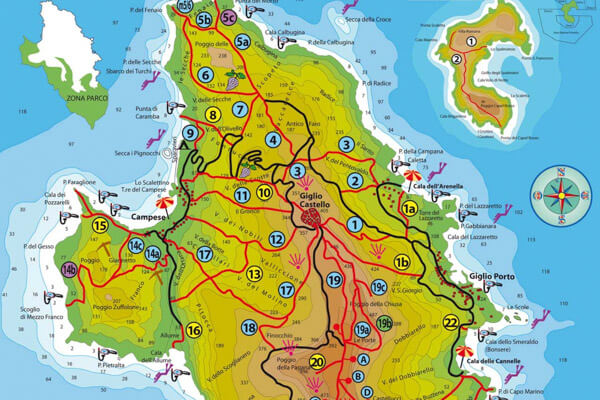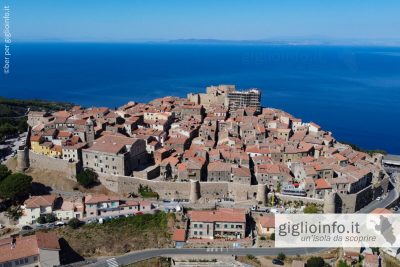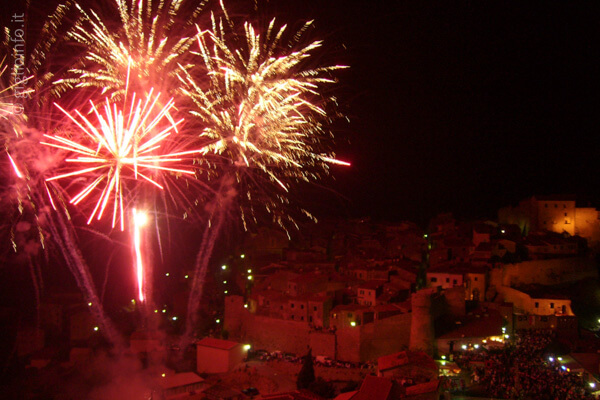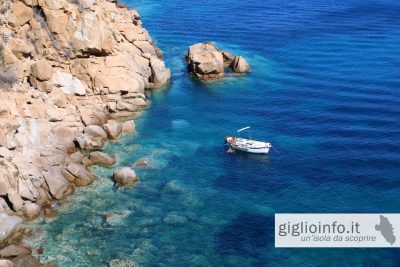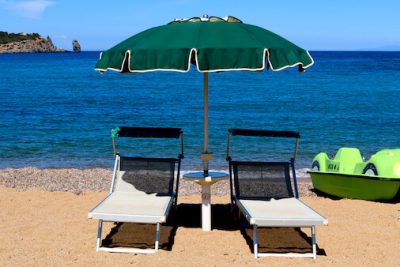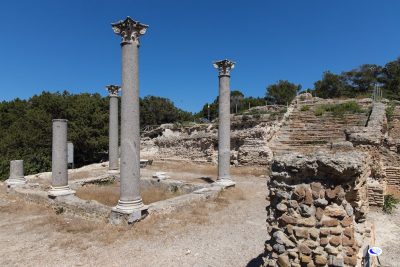Villages on Giglio Island
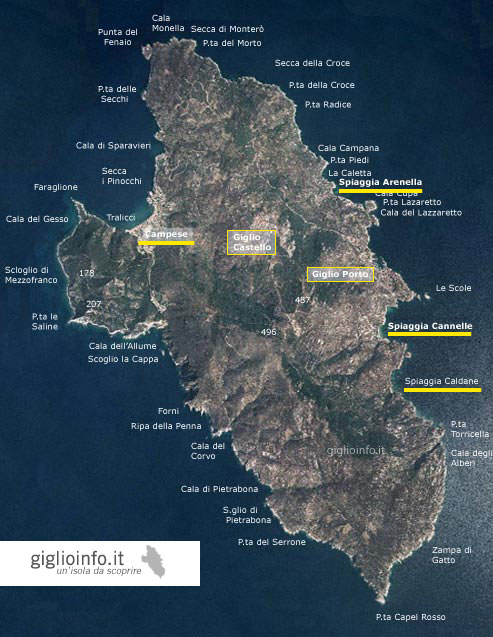
Advertisement
Giglio Porto
Giglio Porto is situated on the east coast and is the only port on the island, where you arrive by ferry from Porto Santo Stefano.
The small picturesque harbour with its colourful houses, which line up in a semicircle between the two quays, impresses with its crystal-clear water – an absolute rarity for a harbour.
On the left side of the harbour stands the Torre del Saraceno, an imposing 16th century watchtower built to defend against pirates. A little further on is the small bay of Saraceno with the remains of a Roman moray eel farm. Only a few walls of the villa remain. On the other side of the harbour, by the pier with the green lighthouse, is the small sandy beach of Scalettino.
The lively streets of the town are lined with numerous shops for your daily needs, restaurants, bars, ice-cream parlours and souvenir shops.
Giglio Porto is also the starting point for exploring the island by land and sea. There is a tourist office, buses and taxis to take you to the other villages, or you can hire a car, scooter, bicycle or boat or take a water taxi to the nearby beach.
Giglio Castello
The charming village of Giglio Castello, the island’s capital, is situated on a ridge at an altitude of 405 metres and has preserved its splendid medieval atmosphere throughout the ages.
Built by the Pisans in the 12th century, extended and restored by the Medici, it is surrounded by imposing walls. The narrow alleys, often spanned by arches, and the splendid view of the entire Tuscan archipelago make Giglio Castello an atmospheric destination of unique charm.
The church of San Pietro Apostolo is well worth a visit. The church houses various relics, including the cubit of the right arm of San Mamiliano, the island’s patron saint. You can also taste the local Ansonaco wine in the cellars of the village.
From Castello many footpaths leading down to the other villages and to the southern tip of the island, Capel Rosso.
Advertisement
Giglio Campese
The small seaside resort of Giglio Campese is situated on the largest beach of the island, on the western side of Giglio. The bay is framed by the Faraglione rock on the left and a Medici-era watchtower on the right.
Thanks to its western exposure, the beach offers magnificent sunsets with views of Elba, Montecristo and Corsica.
A small holiday resort has developed around the beach, offering all the services needed for a pleasant stay: bathing establishments, diving centres, boat hire, restaurants, bars…
Cannelle and Arenella Beach
On the other two smaller beaches, Cannelle and Arenella, there are small tourist complexes with villas and holiday homes for rent. There are no shops, but each has a bar and a sunbed and parasol hire service.
Isola di Giannutri
The small Island of Giannutri, with its distinctive half-moon shape, belongs to the municipality of the island of Giglio.
It is the southernmost island of the Tuscan Archipelago and is located about 8 miles southeast of Giglio and about 6 miles southwest of the peninsula Monte Argentario. About 3 kilometres long and just over 500 metres wide, it has 11 kilometres of rugged and rocky coastline, with a small pebble beach in Cala Maestra.
It is a largely privately owned island with houses scattered in the Mediterranean scrub and no major tourist facilities. As a protected national park area, trekking is not allowed without a permit or park guide.
The Island is best known for the archaeological site of Villa Romana which can be visited with a guide…
Advertisement
you are here:
Home » Home » Explore Giglio Island » Villages

